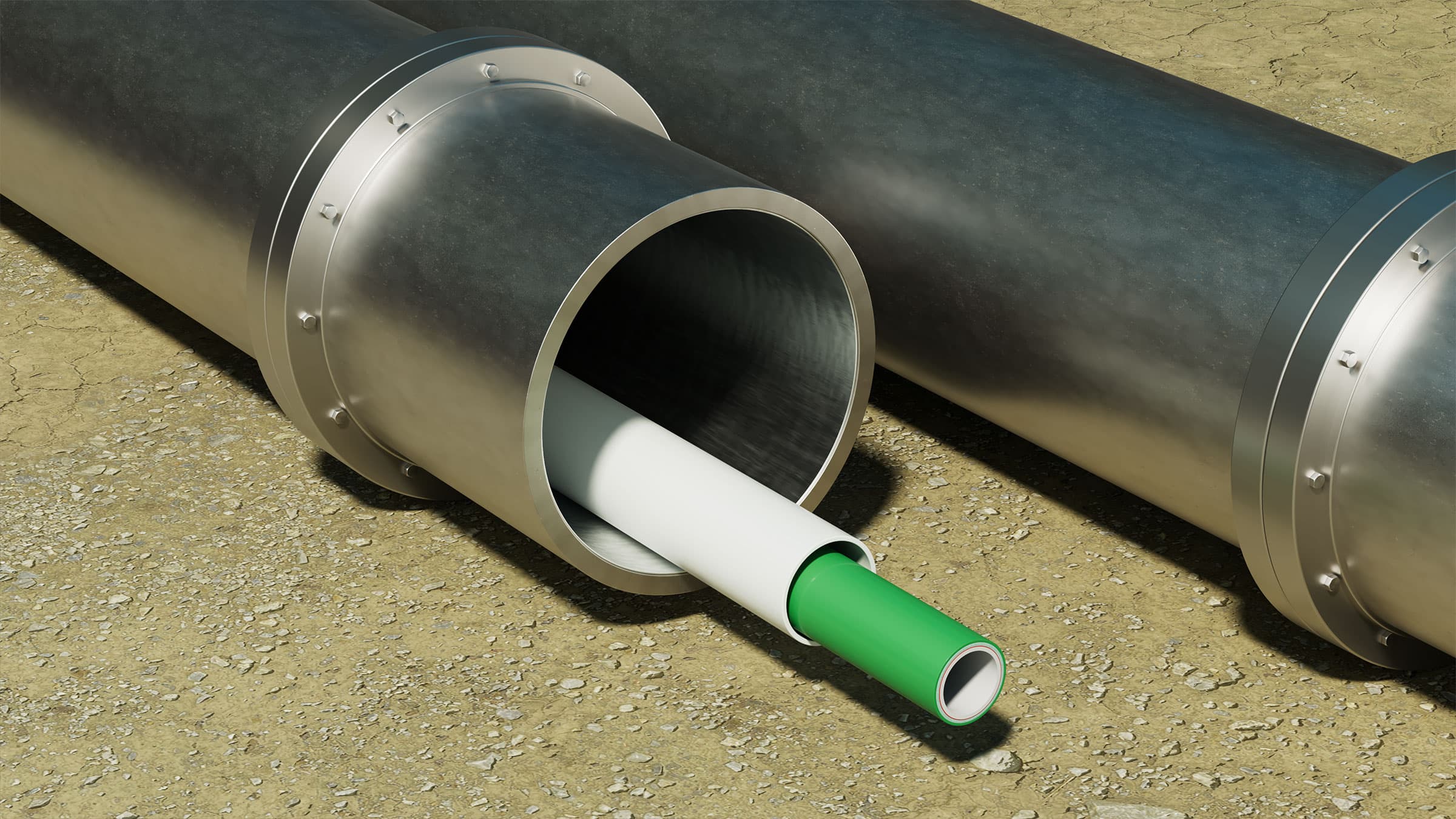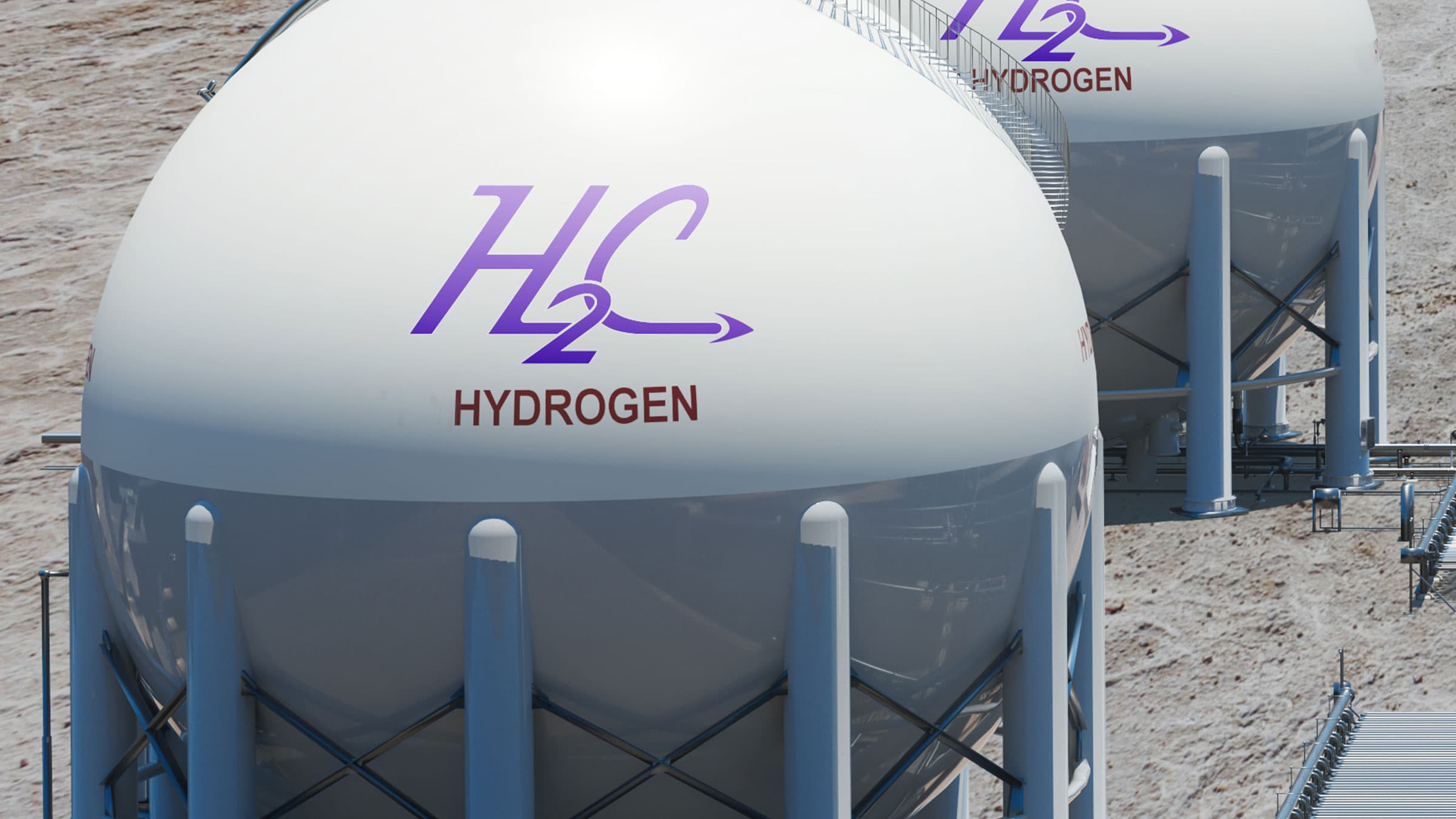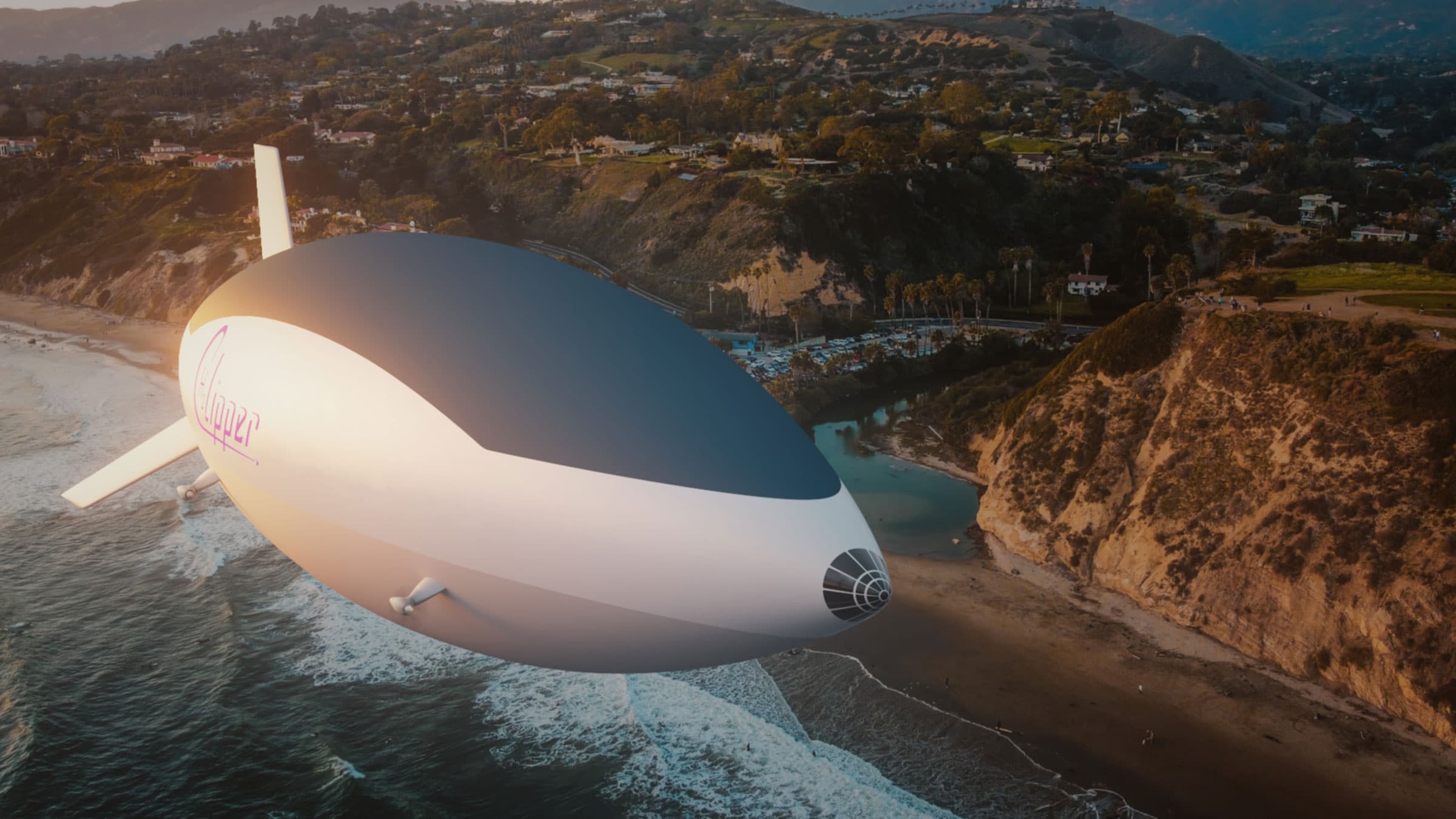The Hydrogen Economy
The IEA's Roadmap to Net Zero by 2050 sets out a pathway for the global energy sector to reach net zero emission by 2050. In this pathway, green hydrogen production expands exponentially. By 2050, over 320 million tonnes of hydrogen are being produced globally from electrolysis — that compares with less than 50,000 tonnes today.*
H2C provides the only integrated solution for both long-haul transportation and last-mile (up to 500 miles) hydrogen distribution. Each Clipper delivers 125-200 imperial tons of liquid hydrogen directly from production sites to distribution sites in hours. We deliver clean energy where it's needed, anywhere in the world
*Fatih Birol, Executive Director of the International Energy Agency
Distribution
Safety Pipe Technology
The ‘Pipe-within-a-Pipe’ (PIP) distributes hydrogen using existing rights of way

PIP is as simple as it sounds—a patented two layer pipe system that supplies local regions with safe and reliable clean energy.
Learn moreDepot
Hydrogen Depot
Market-ready distribution and storage

Both the Clipper airship and Safety Pipe Technology are depot compatible. Depots receive liquid hydrogen intake that is stored for local distribution, and they are flexible to support both liquid and gaseous offtake.
Learn moreTransport
Clipper Airship
Long-haul hydrogen and freight transport

Meet the world's first point-to-point hydrogen delivery system. The Clipper can transport vast quantities of liquid hydrogen to destinations around the world with greater affordability, safety, speed, and efficiency than any other method.
Learn more